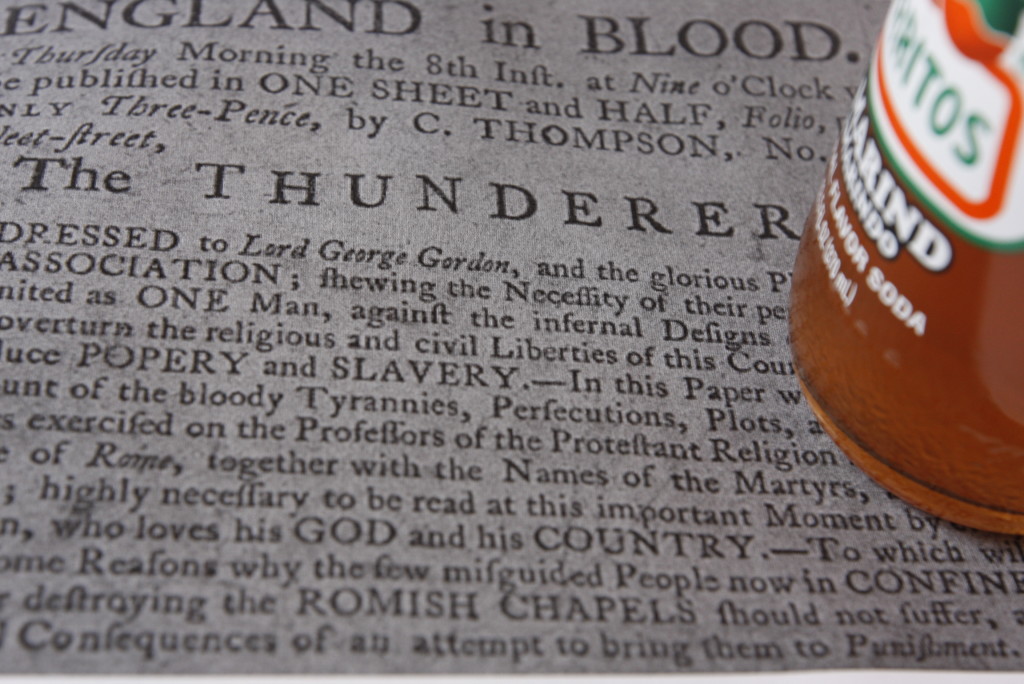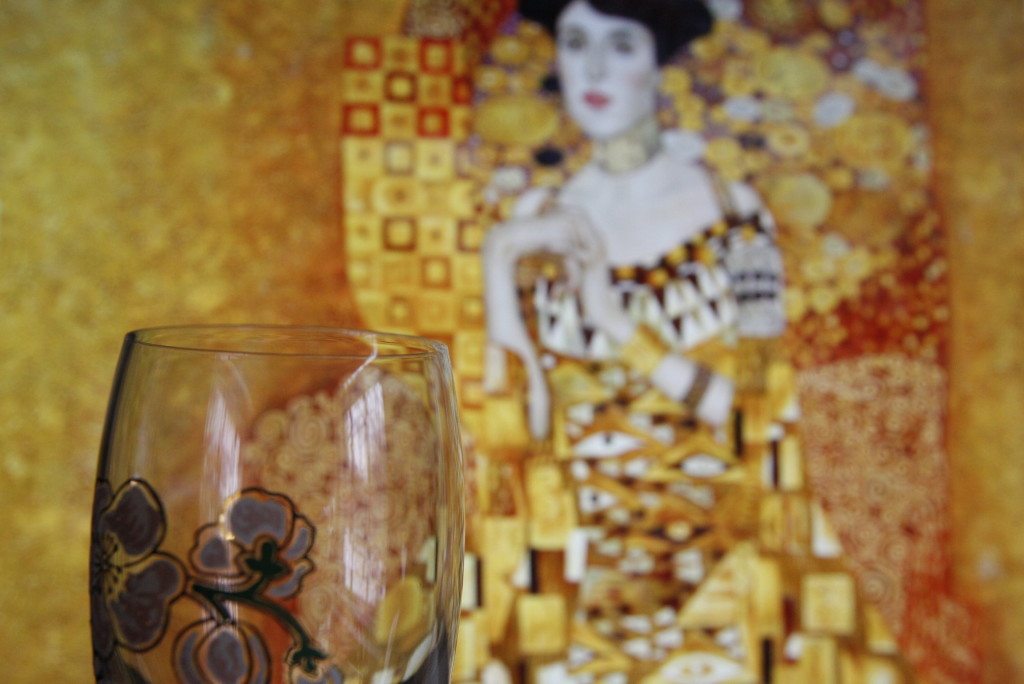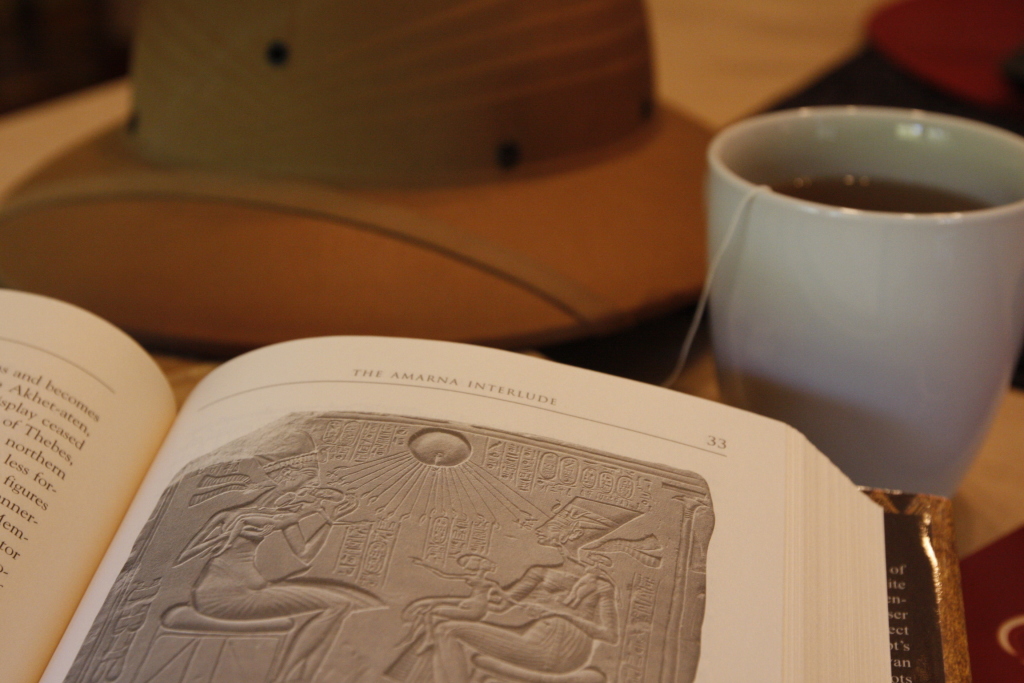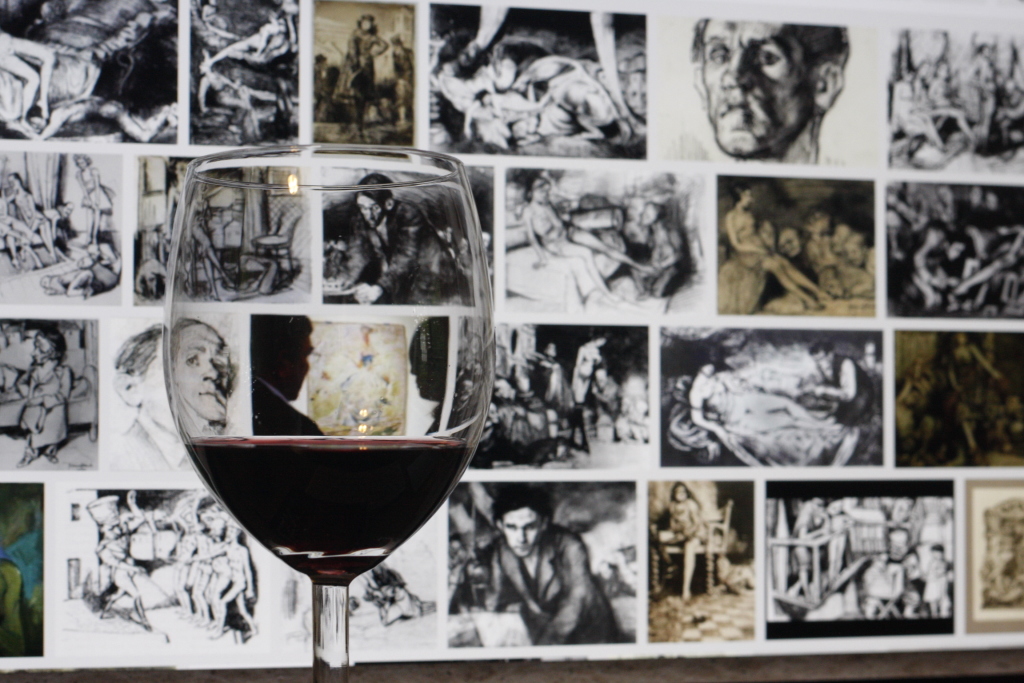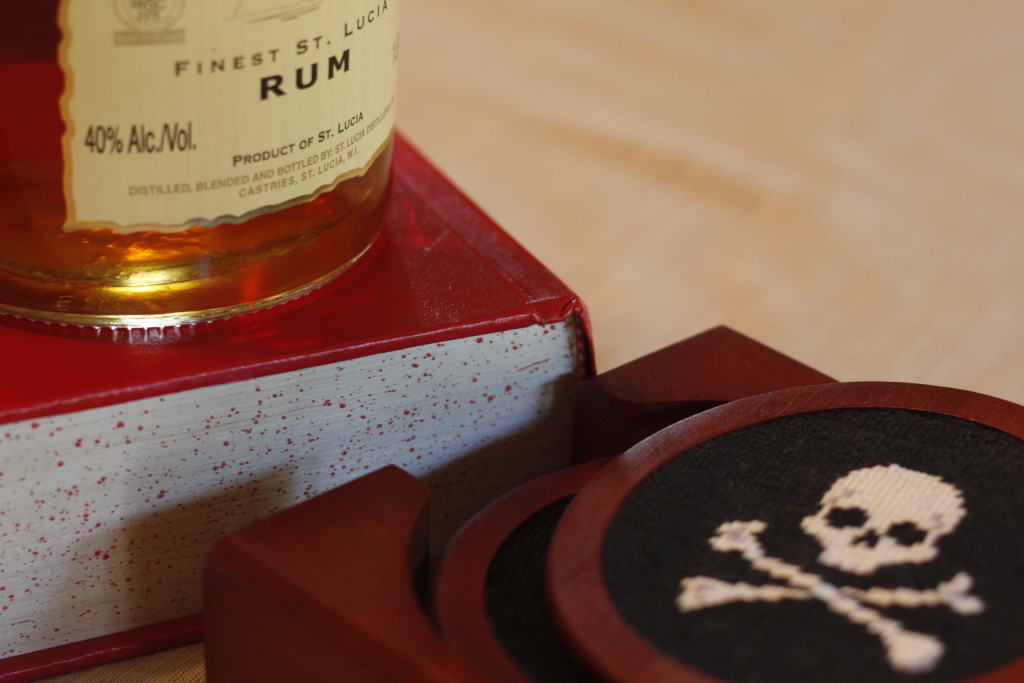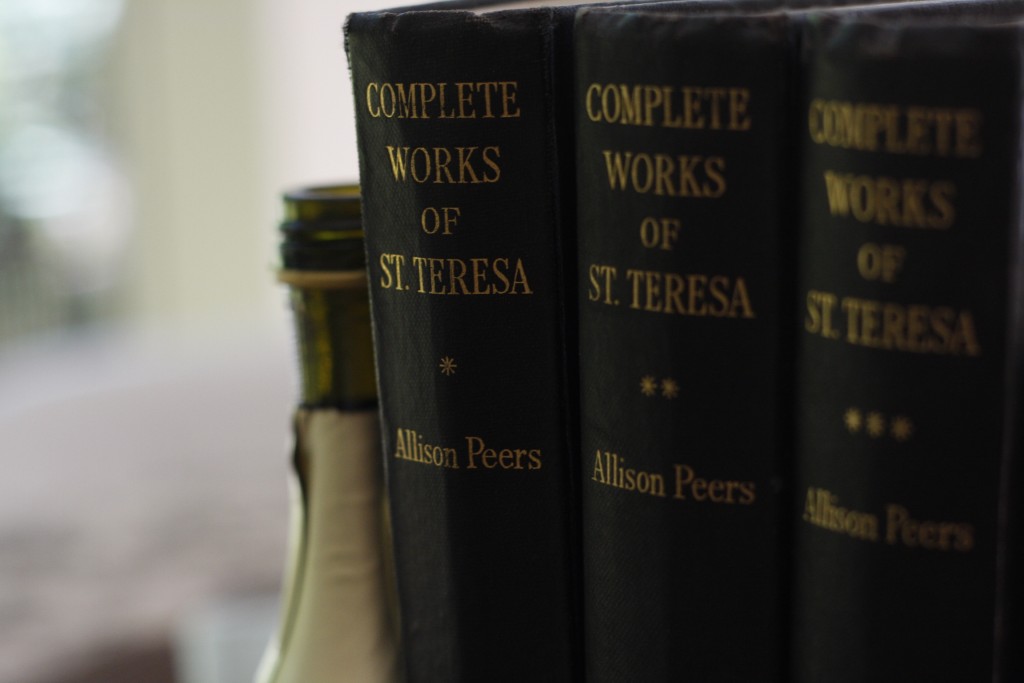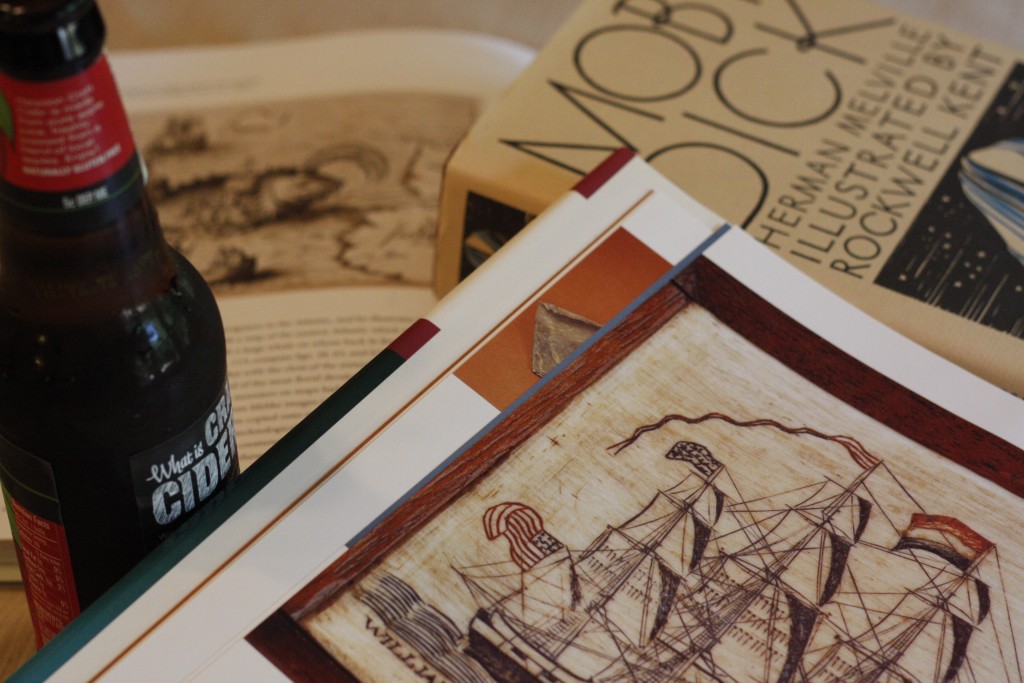Have a drink with: The Gordon Rioters
Angry Protestant mob, muse to Charles Dickens
Ask them about: Looting, pillaging, using the word “popery” without laughing. (Try it: popery popery popery.)
“If they touch my work that’s a part of so many laws, what becomes of the laws in general, what becomes of the religion, what becomes of the country!”
You wouldn’t be wrong to wonder if this quote came out of Indiana in recent weeks, or perhaps Arkansas, in the face of debate over whether founding concepts of religious liberty could in fact literally be discussed over pizza. But in fact the quote is from Charles Dickens’ neglected novel Barnaby Rudge, in which a panicky hangman frets over religious freedom laws in 18th century England.
Dickens took his story from the events of June 1780, in which Protestants gathered with Lord George Gordon to march on Parliament and there present a petition for the repeal of Catholic relief legislation. The crowds grew and surged as they moved, and a week of “No Popery” violence broke out in London, requiring some 12,000 troops to restore peace.
